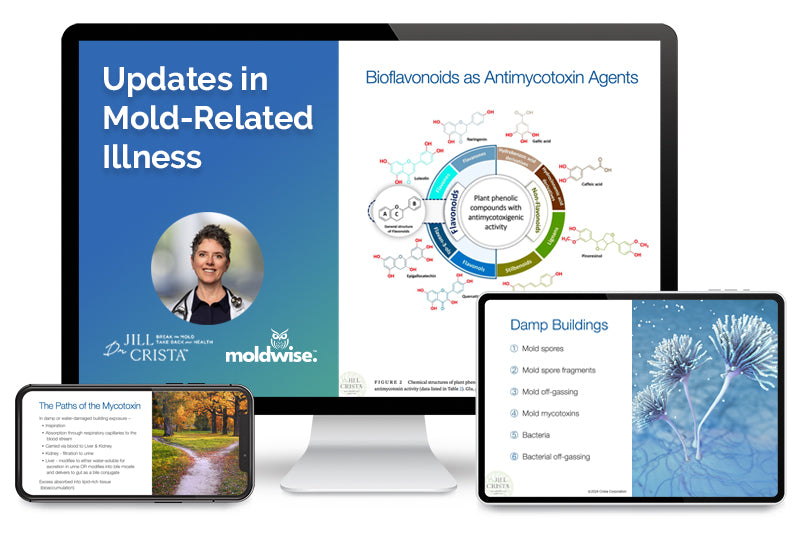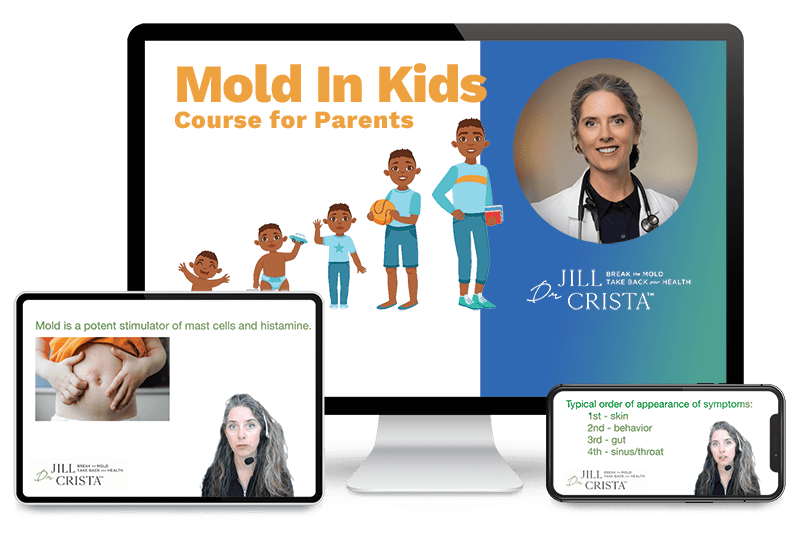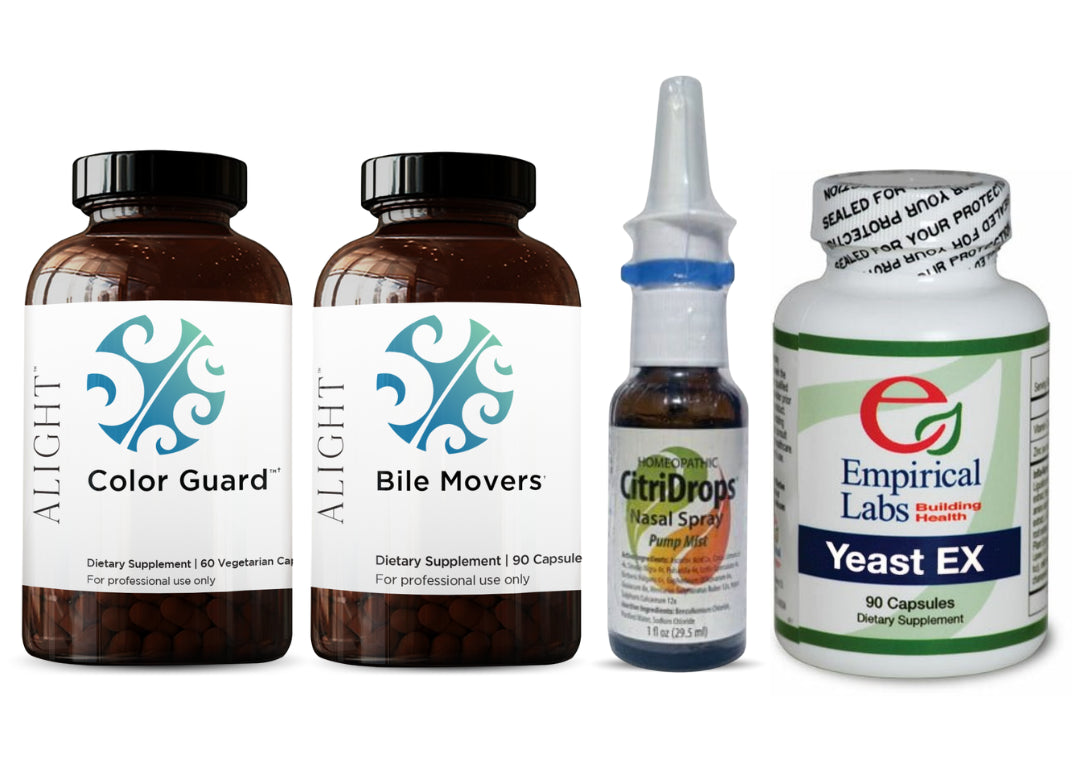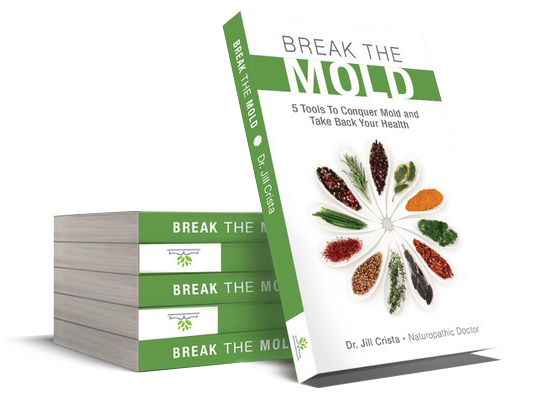
Gliotoxin
Gliotoxin opens the doorway to fungal infection. It’s the most abundant metabolic product made when these particular fungi are in a growth phase.
Determining the Gliotoxin source can be difficult to nail down, since it comes from both molds and yeasts. Many of Dr. Jill’s patients who have Gliotoxin have a signficant fungal yeast burden of Candida and other normally commensal yeast species.
Gliotoxin is one of the most diverse toxins in how it affects bodies. Its effects span from the genes to the immune system all the way out to the skin.

Gliotoxin Bundle & Save
Buy Now
Signs & Symptoms
- Fungal skin conditions
- Constipation
- Frequent mood changes
- Itchy skin
- Intolerance to sulfur-containing foods
- Despair/suicidality
- Toenail fungus
- Chemical sensitivities
- Multiple sclerosis-type symptoms
- Bloating after eating
- Fatigue
- Insomnia
- Sweet cravings
- Cognitive difficulties
- Frequent infections
- Nausea
- Headaches
- Delayed wound healing
- Anxiousness
Supplement Timing
People with Gliotoxin tend to be sulfur sensitive, owing to the disulfide bond in the toxin. This is one case where, even though people with Gliotoxin get depleted in them, Dr. Jill is very cautious in her use and timing of Alpha-lipoic acid, N-Acetyl Cysteine, and Glutathione – as these may initially help the toxin work better. Therefore, Dr. Jill uses these once her patients are on antifungal therapy, so she knows the benefits will go to her patients, not the mold.
Download the Gliotoxin Fact Sheet for Patients

Gliotoxin Q&A with Dr. Crista

Medical Practitioner Technical Sheet
The Gliotoxin Tech Sheet for Practitioners is included in the Updates in Mold-Related Illness course materials




